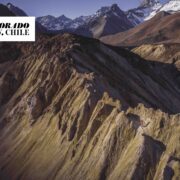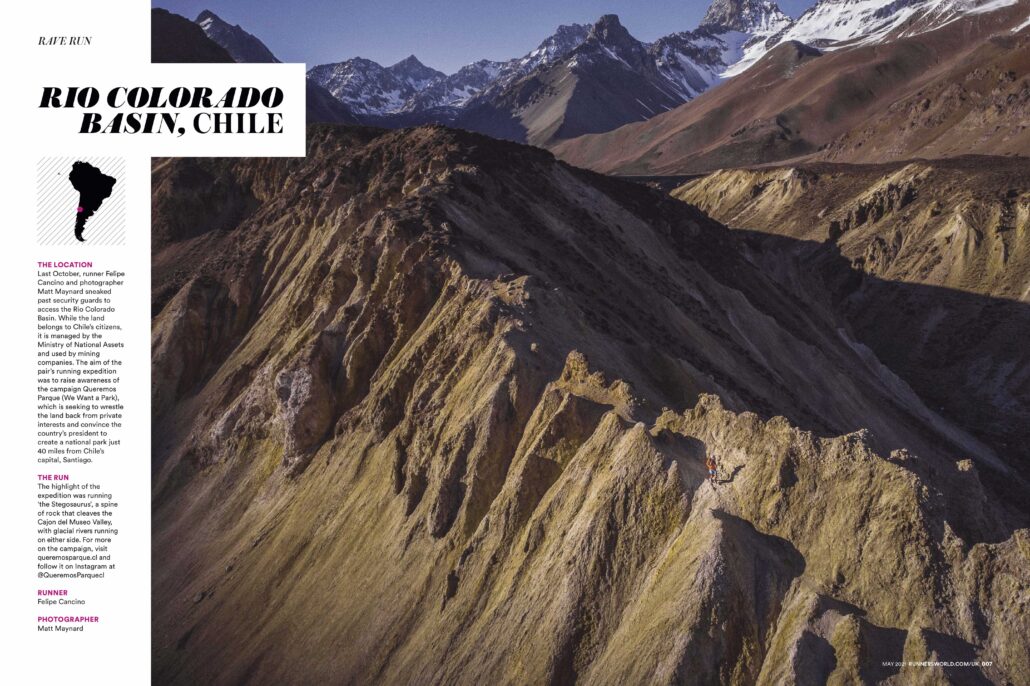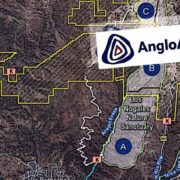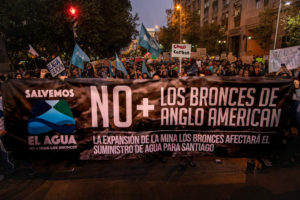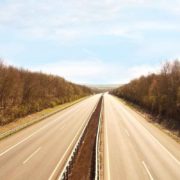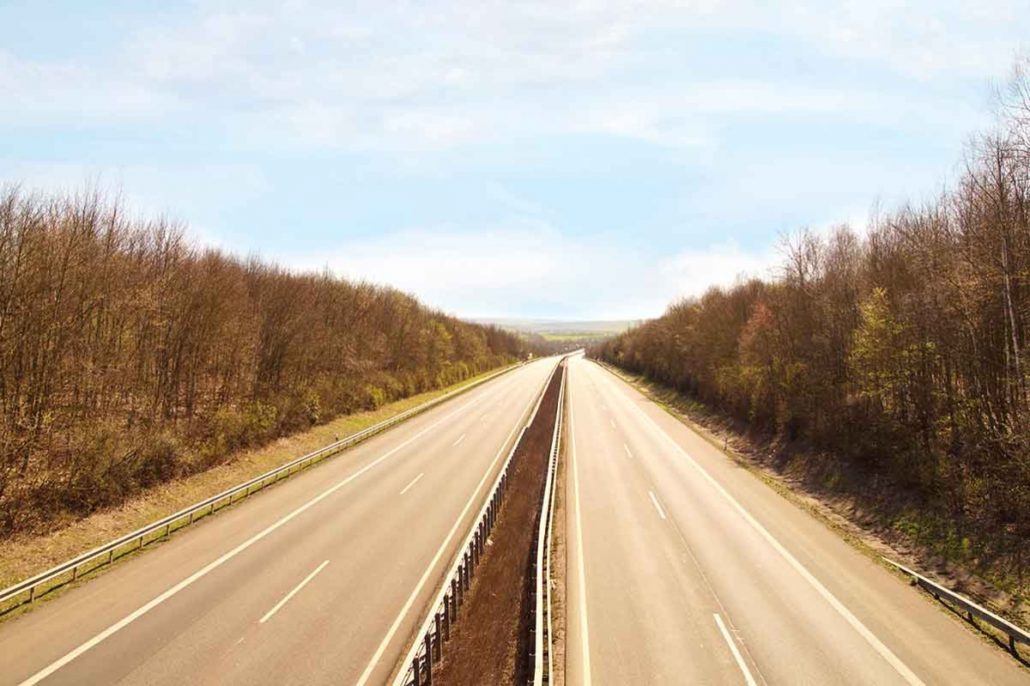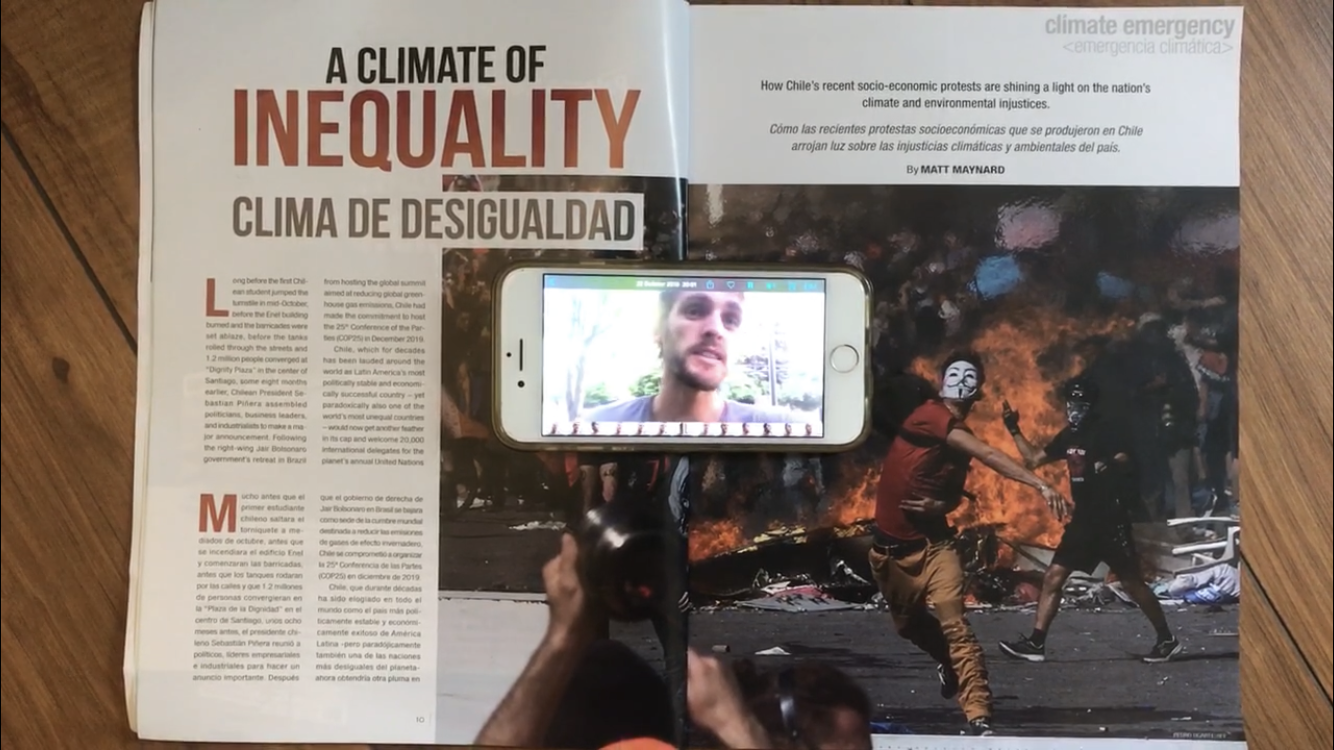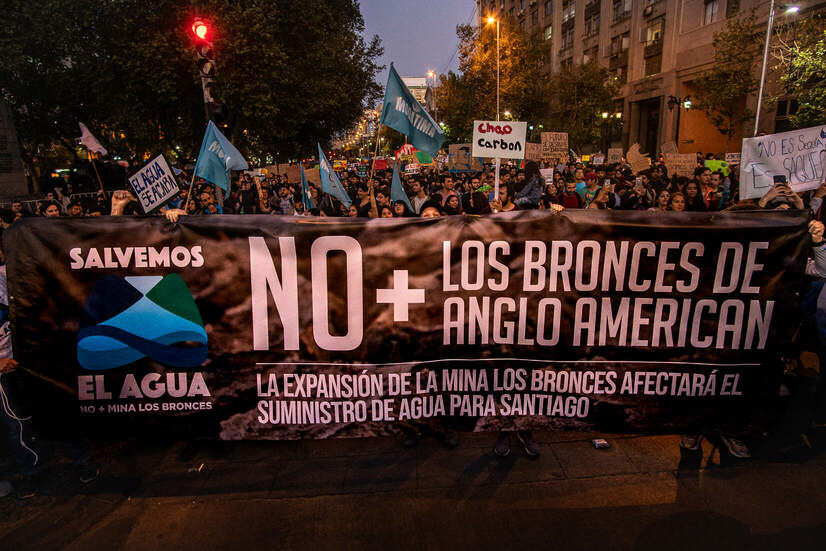
For the last year I have been investigating a local glacier contamination story, with an impact that is experienced by Santiago’s 7million.
When mining company Anglo American released a “Fake News” statement partly in response to my previous investigation into the CO2 emissions associated with their Los Bronces operations, they added that their glacier contamination was “less than 10% of the Swiss norm.”
I followed up with the Swiss Office for the Environment and the Swiss Federal Institute for Forest, Snow, and Landscape Research. The finding was that the ambient limit values for glacier contamination that the mining company has been using to justify current operations and their future Los Bronces Integrado expansion – don’t apply to glaciers at all.
Following the publication of the article, the local mayor Cristóbal Lira announced an investigation into the compliance by Anglo American with its environmental commitments.
I would like to express deep thanks to the glaciologists, air pollution scientists, environmental lawyers, NGOs and members of Chilean civil society who supported this investigation.
You can read the article here as originally published by DeSmog; or here for Chilean investigative news site Interferencia, in Spanish.

